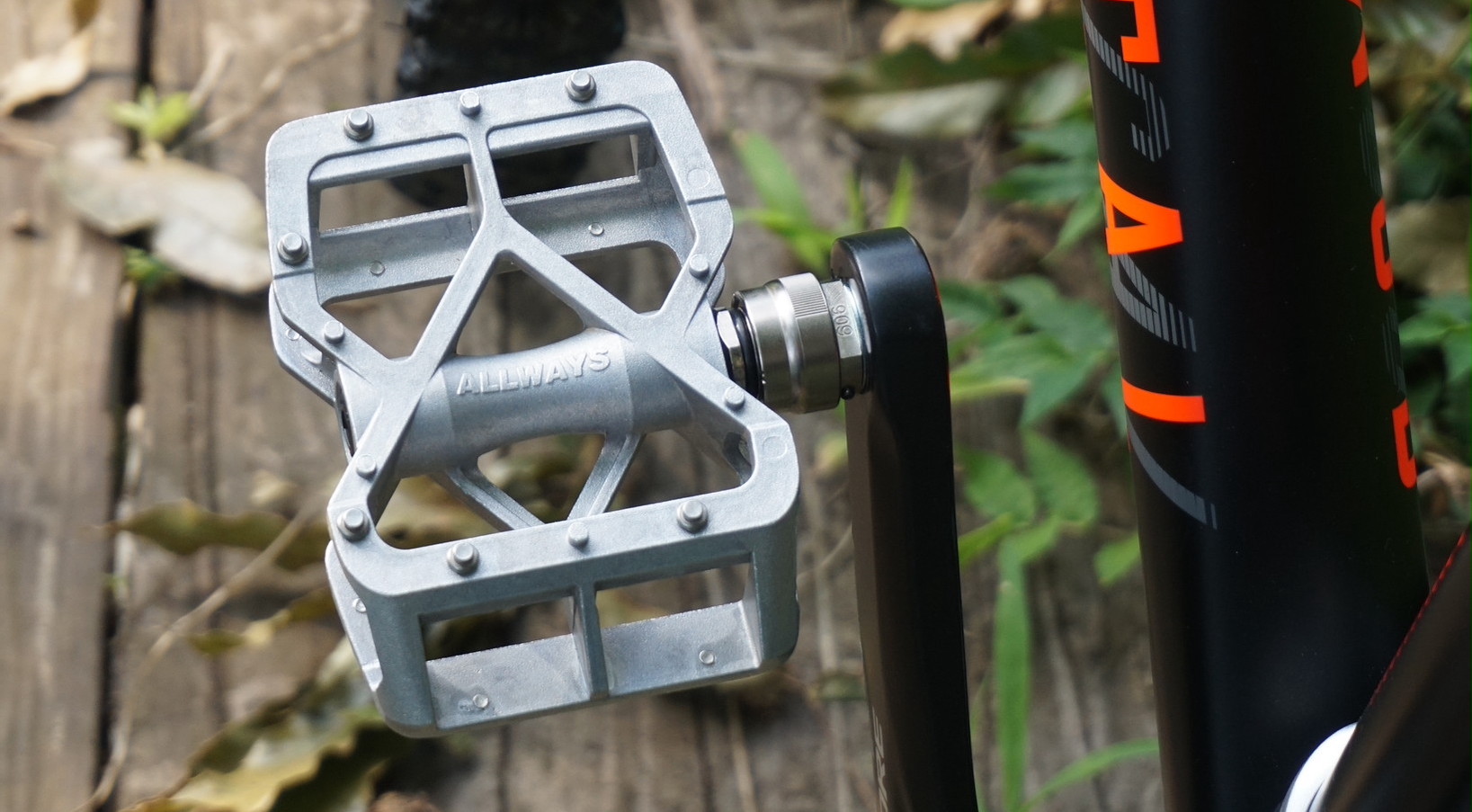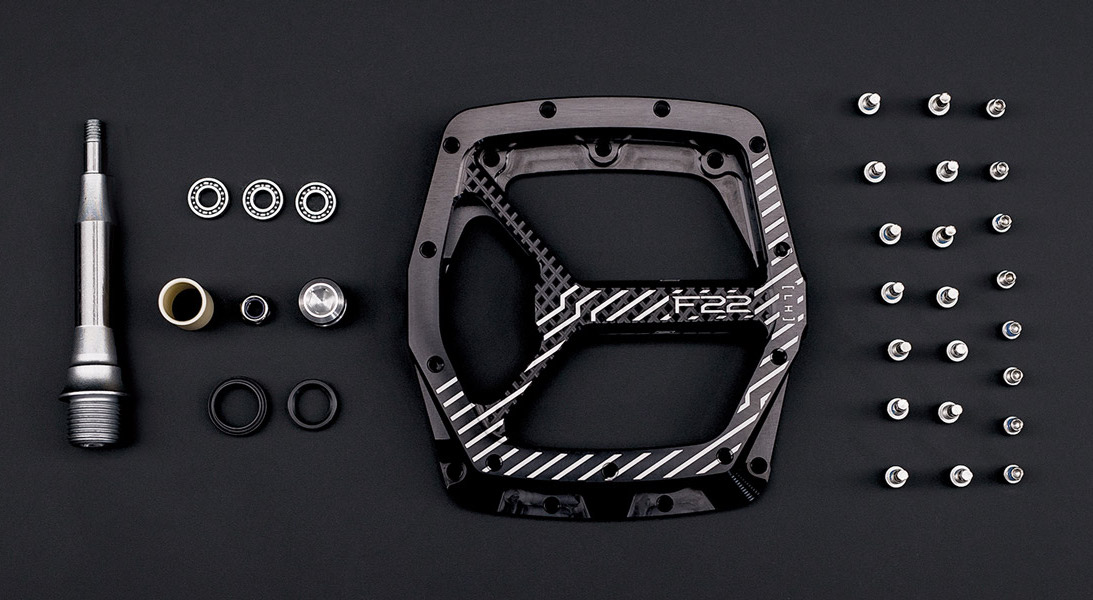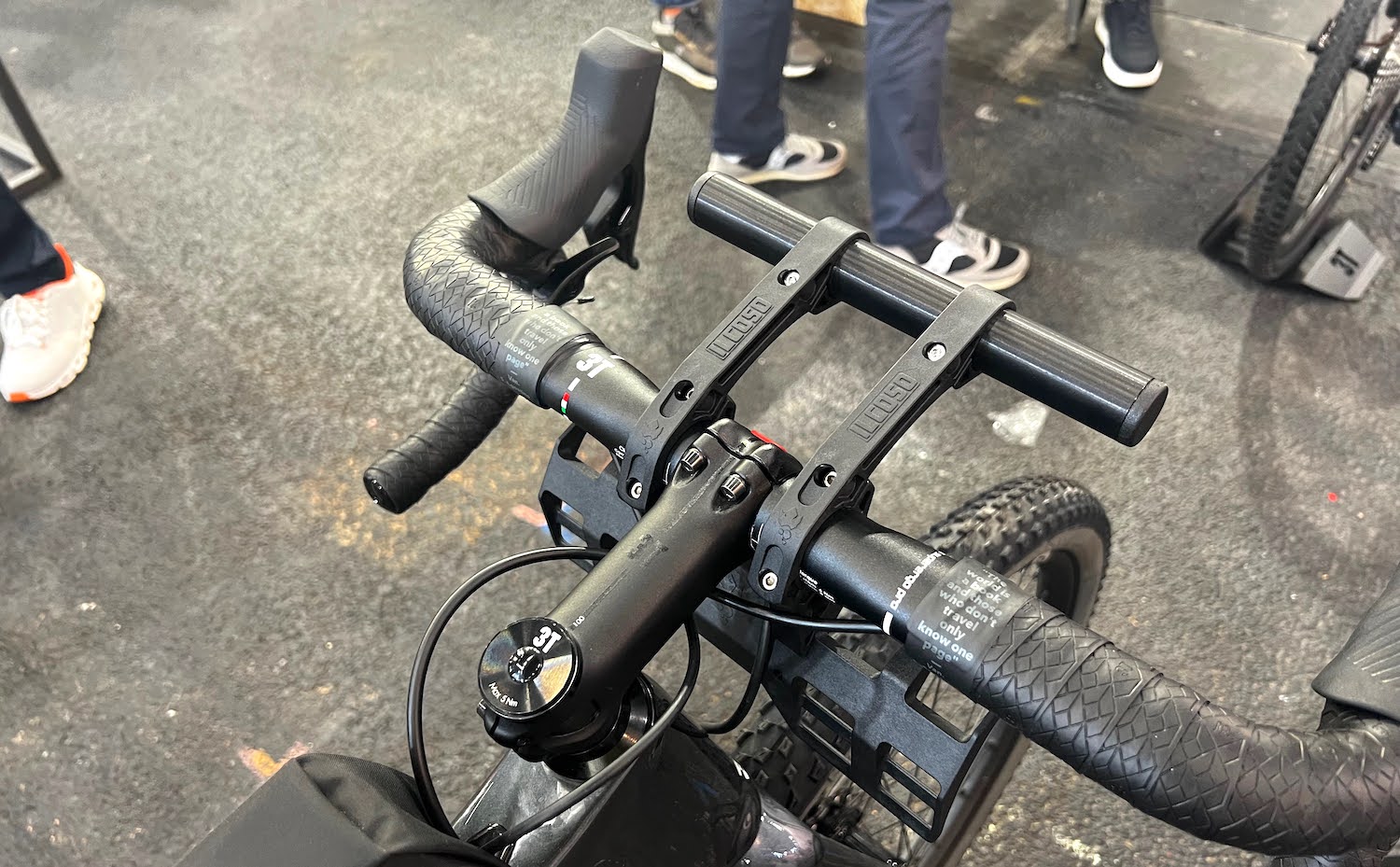Table of Contents
26 inch wheels have their place on off-road adventure touring bikes, in fact I have listed over 30 different options in this Adventure Touring Bike List. But what if you wanted to ditch a bit of weight and ride faster on smoother roads? That is where a 650B conversion may transform your ride.

Why Convert to 650B?
There are a few reasons why 650B wheels may be a good idea for you.
Availability of high-quality slick tyres.
26 inch (559mm) wheels were the default mountain bike size for a few decades, while 700C (622mm) and 650B (584mm) were generally reserved for road and randonneur bikes. This resulted in a greater availability of high-quality slick tyres in the latter sizes. While 26″ slicks are generally only available in 32, 38 and 50mm widths, 650B is available in 32, 38, 42 and 48mm widths. It is not only the fact there are more mid-width slick tyres, but that there are more lightweight and high-quality options from manufacturers like Compass, Soma and Panaracer.
Using narrow 650B tyres has less of an effect on frame geometry than a narrow 26 inch.
The outer diameter of a 26×2.00, a 650×42 and a 700×23 tyre is about the same. But if you wanted to use 26×1.25 on a bike designed around 26×2.00, you would lower your bottom bracket by about 2cm! That’s going to have quite an effect on both your steering response (fork trail) and the ground clearance from your pedals. In this case, a 650×32 tyre would match your frame geometry much better.
The ability to have a ‘light’ wheel set and ‘touring’ wheel set.
You won’t always want to use your touring bike for touring. You may want to use use it for commuting, or as a road bike. By having two different wheel sets, you can transform your bike depending on what type of ride you’re planning on doing. A lightweight 650B wheel set with slicks can be over 1.5kg lighter than a heavy-duty touring wheel set with puncture-proof tyres. As you are saving weight on a rotating part the difference is huge!
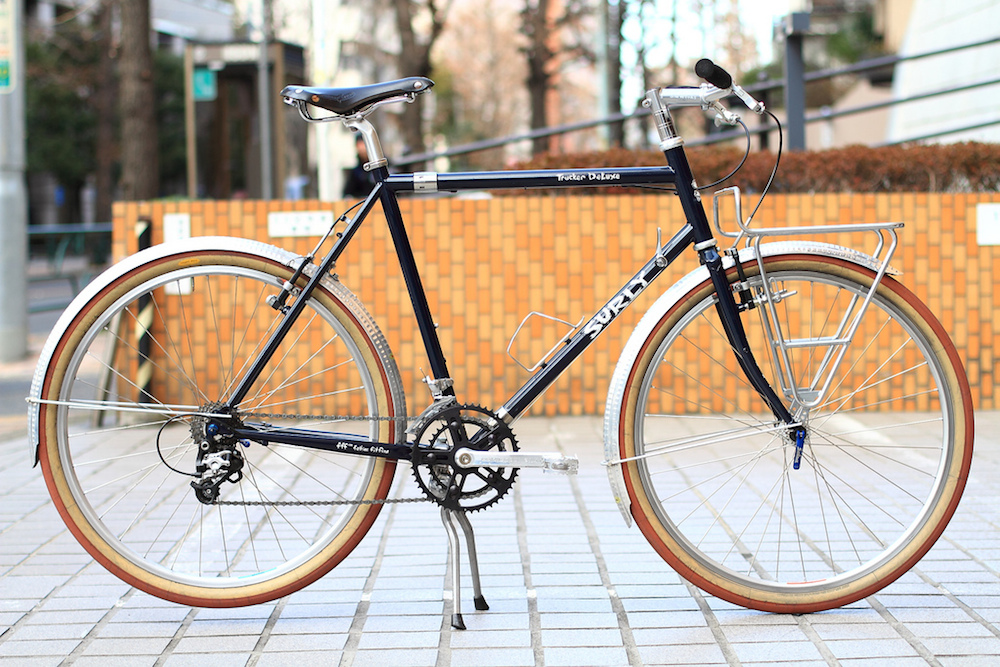
How will upsizing affect your frame geometry and handling?
It is all going to depend on the outer diameter of your tyre. Ideally, you would match your wider 26 inch outer tyre diameter as close as possible to a narrower 650B so that it has a minimal effect on the geometry. Here is a chart that will help you compare lots of different tyre outer diameters. But lets say you’re going from 26×2.00 to 650×48. The fork trail will increase a little bit, slowing the steering response down a tad. The bottom bracket will increase in height by about 10mm reducing the stability of the bike very marginally given the higher centre of gravity. That said, you will probably find the effects of the larger diameter going unnoticed.
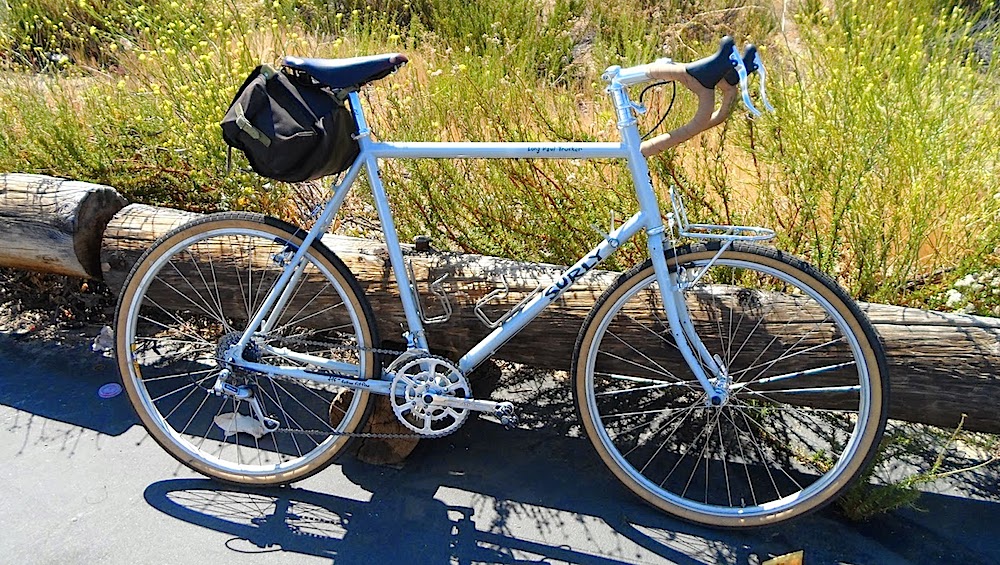
Clearance
Most 26 inch touring bikes have adequate clearance for 650B wheels, especially if you’re using a similar outer diameter tyre.
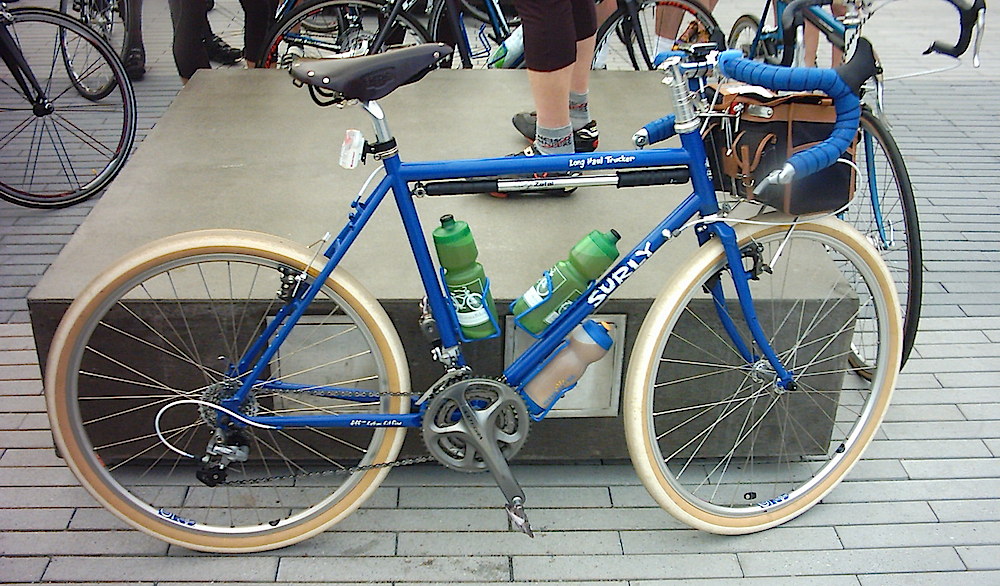
Brakes
If you have disc brakes you will have no problems switching out to 650B wheels. If you use rim brakes you will need to make sure you have calipers with 12.5mm vertical adjustment. Tektro CR720 cantilever brakes have a decent amount of adjustment and are known to work. V-brakes tend to have a bit less adjustment, but the Paul Motolites have more than enough.
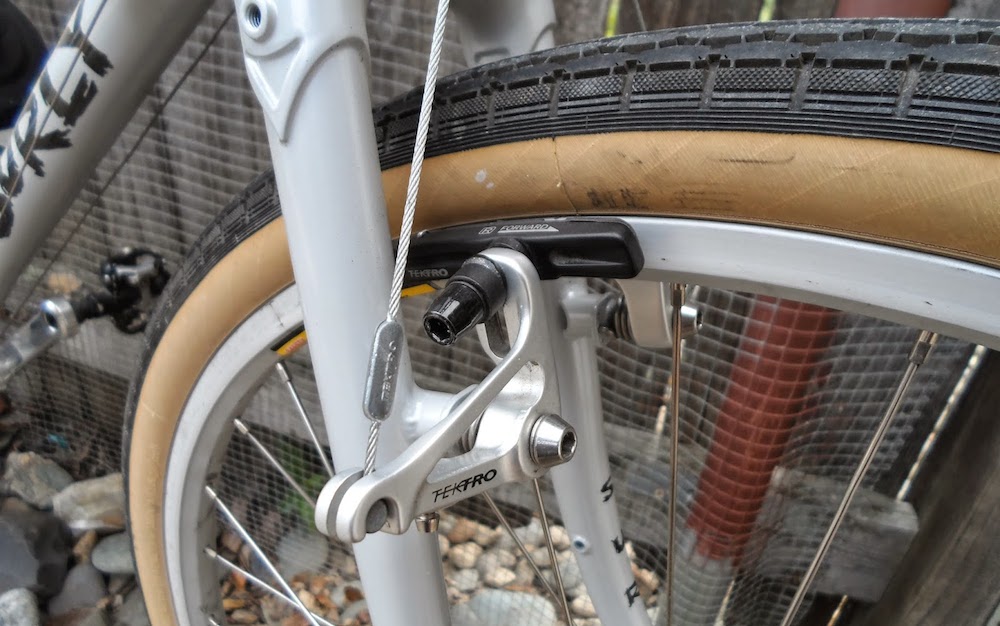
Other Related Resources
700C vs 26 Inch Wheels for Bicycle Touring
Understanding Bicycle Frame Geometry
Understanding Bike Fit: How Does It Work? Do You Need One?


